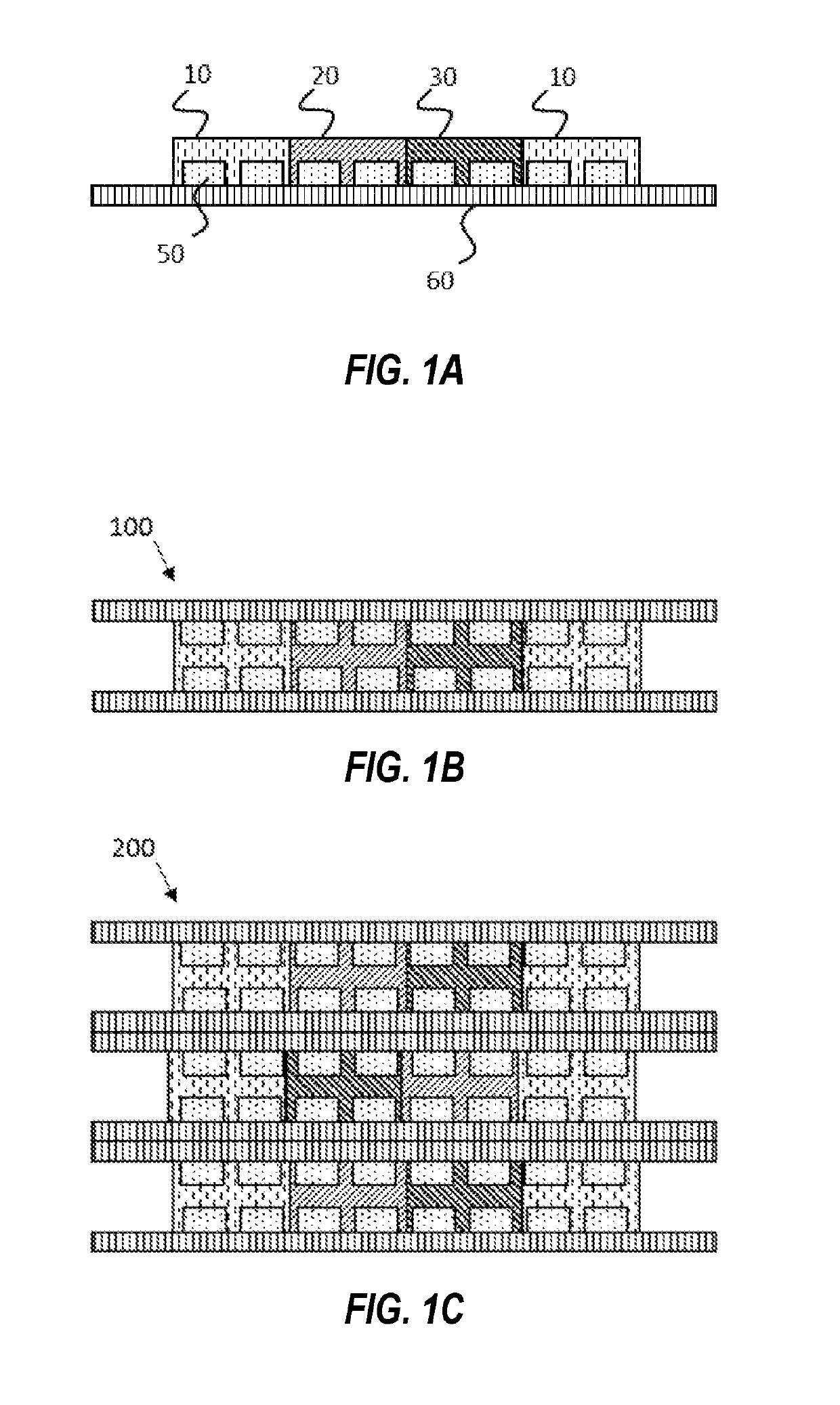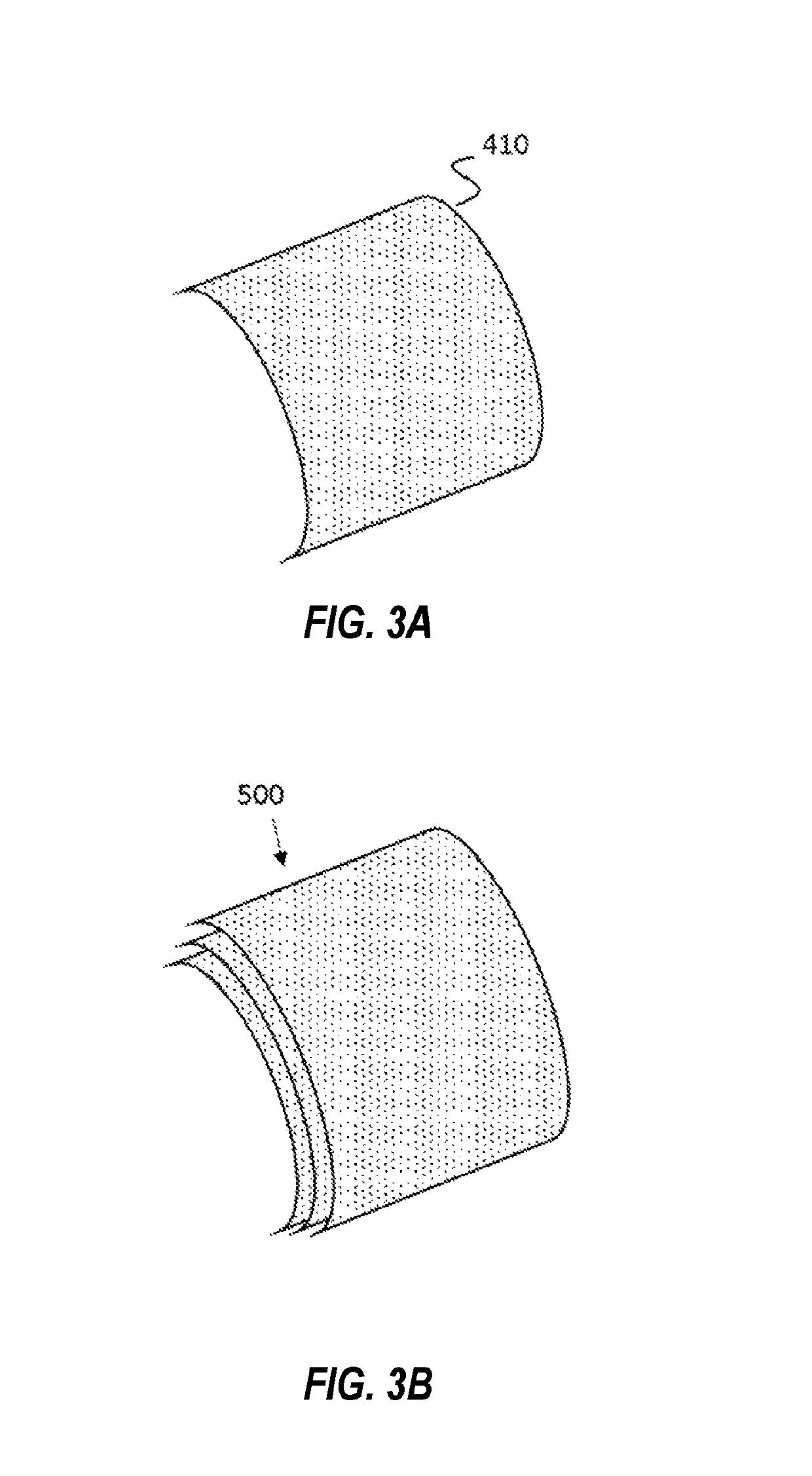Fabrication and operation of multi-function flexible radiation detection systems
a radiation detection system and multi-functional technology, applied in the direction of measurement with semiconductor devices, instruments, radiation controlled devices, etc., can solve the problems of difficult automation of gas detector manufacturing, weak and limited detector types, and gas detectors that cannot differentiate between the energies of incident radiation, etc., to achieve the effect of higher signal
- Summary
- Abstract
- Description
- Claims
- Application Information
AI Technical Summary
Benefits of technology
Problems solved by technology
Method used
Image
Examples
Embodiment Construction
[0020]Embodiments of the present invention provide significant improvements in radiation detection through the use of micro-scale, individually mechanically separated semiconductor detector elements and electronic circuitry that are preferably interconnected on an integrated mechanically flexible substrate, which are preferably further functionalized with the necessary conversion and shielding materials. In previous attempts at integration of conversion materials with semiconductor detectors, the fragile nature of the semiconductor layers and the challenges in integration of the desired conversion materials have limited the functionality and utility of such detectors.
[0021]The individual detector elements (e.g. p-n junctions) and electronic circuitry to pre-condition and process the generated signals are preferably manufactured using standard silicon semiconductor processing tools and materials. Desired conversion materials are then preferably spun-on in liquid or gel form, evaporat...
PUM
 Login to View More
Login to View More Abstract
Description
Claims
Application Information
 Login to View More
Login to View More - R&D
- Intellectual Property
- Life Sciences
- Materials
- Tech Scout
- Unparalleled Data Quality
- Higher Quality Content
- 60% Fewer Hallucinations
Browse by: Latest US Patents, China's latest patents, Technical Efficacy Thesaurus, Application Domain, Technology Topic, Popular Technical Reports.
© 2025 PatSnap. All rights reserved.Legal|Privacy policy|Modern Slavery Act Transparency Statement|Sitemap|About US| Contact US: help@patsnap.com



